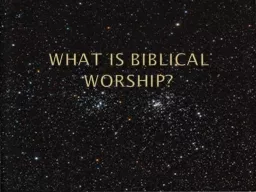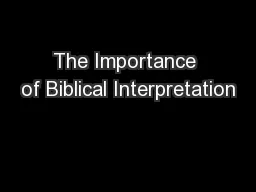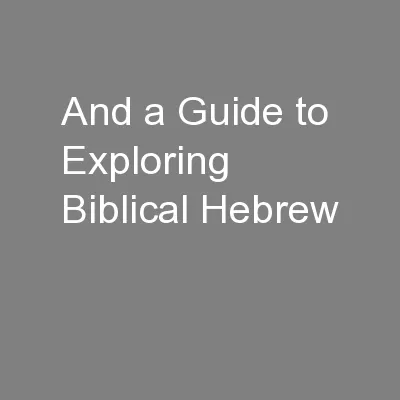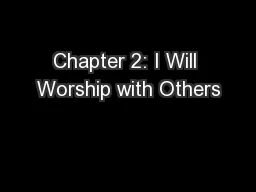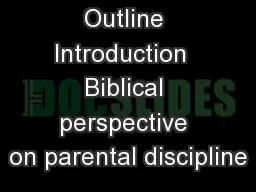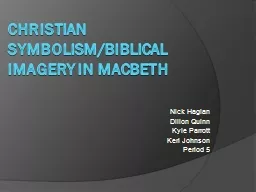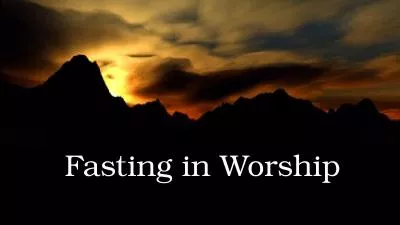PPT-What is Biblical Worship?
Author : kittie-lecroy | Published Date : 2016-09-16
Chapter 51 Worship How can our worship fulfill its great purpose in the New Testament age What does it mean to worship in spirit and in truth A Definition and
Presentation Embed Code
Download Presentation
Download Presentation The PPT/PDF document "What is Biblical Worship?" is the property of its rightful owner. Permission is granted to download and print the materials on this website for personal, non-commercial use only, and to display it on your personal computer provided you do not modify the materials and that you retain all copyright notices contained in the materials. By downloading content from our website, you accept the terms of this agreement.
What is Biblical Worship?: Transcript
Download Rules Of Document
"What is Biblical Worship?"The content belongs to its owner. You may download and print it for personal use, without modification, and keep all copyright notices. By downloading, you agree to these terms.
Related Documents

